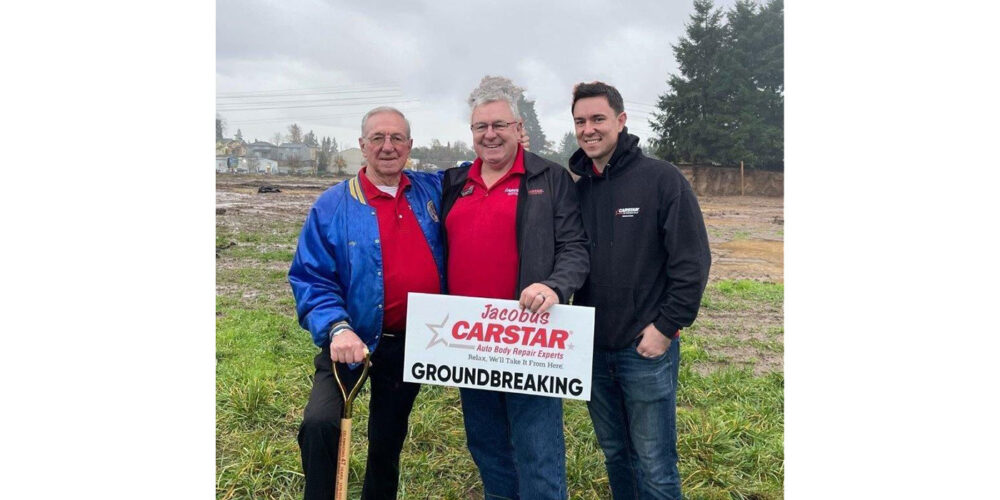Our DRP partner has instructed us to not list certain things on our estimates. Is there a problem with our writers leaving them out?
Regardless of where your customers come from, they generally come to you to solve a problem…such as fixing their damaged vehicle and getting them back on the road quickly and safely. Your goal is to not only restore their damaged vehicle but also their peace of mind.
I believe it’s important that collision repairers provide repair estimates/invoices that are as thorough and comprehensive as possible. I also believe that, in most states, you’re required to list all processes, parts and materials to be employed in the repair, along with the price being charged for each item. Failure to do so could be perceived as a deceptive business practice and, at the very least, failure to comply with your state’s mandates – in which case your privilege to conduct business (license) would be put in jeopardy.
Putting state rules and regulations aside, from a practical business point of view, it would behoove you to list everything that is required to properly and thoroughly restore a damaged vehicle to its pre-loss condition in safety, function, appearance and value, to the very best of reasonable human ability, even if you provide the item at “no charge.” To do less would be a failure to serve your customer, their passengers, others on the roadways and future owners of the vehicle (see John Eagle lawsuit). This could also place you with unnecessary and avoidable liabilities should an issue arise “down the road” (pun intended).
Seizing the Keys
We all know there are those repairers who write artificially low estimates to “seize the keys.” We also know there are insurers who, in their DRP programs, mandate that participating repairers initially write bare-bones estimates and then augment them if and when the participating repairer captures the job. I believe – and most honest and ethical people I’ve discussed this with also believe – that this conduct is both reprehensible and unethical. There are those consumers who, for whatever reason, take the lowball settlement funds and use them for other necessities and are not fairly indemnified for their true loss. This is nothing more than taking unfair advantage of those who, in their most difficult time of need, become unwary victims of such unscrupulous conduct.
Listing Everything
I believe it important that your estimators continue to augment their estimates to be as thorough and comprehensive as possible. Not list everything that is required to properly and thoroughly repair/restore a damaged vehicle is a breach of trust. There are several significant and beneficial reasons for doing this:
- Avoiding liability for something that may have been done but was not listed as being done. In the eyes of others (including judges and juries), if it isn’t listed, it wasn’t done. Each procedure, part and material should be listed, even if listed at “no charge.”
- Enables your staff to sit with your customer/prospect and compare your estimates to others (competitors and non-DRP insurers) to show how much attention to detail you provide compared to others.
- Warranties. If you don’t list the proper procedures (i.e. pre-wash, pre-clean), it could void your supplier’s warranties (i.e. lifetime refinish warranty) for not following their mandates, recommendations and requirements.
- You’ll begin to get tired of seeing all the “no charges” listed in your estimates.
- The DRP insurers will get used to seeing the procedure/material listed as “no charge” in your estimates, and such procedures will become recognized as normal and legitimate (otherwise known as “unboiling the frog”).
- Non-DRPs will be compelled to pay for these procedures as your well-informed customer/prospect will no doubt want them, along with the derived benefits (i.e. proper repair and avoiding loss of your warranty and the refinishing/manufacturer warranties, etc.)
- Higher priced estimates may provide a more attractive solution to consumers. They generally don’t care how much it costs when they aren’t paying the bill, and because it’s an insurance claim, they generally want the best repair. And the “best” is often determined by the higher cost and perceived value (i.e. Nike vs. Sketchers, Outback vs. McDonald’s, etc.).
- You’ll gain the respect of your staff (estimators and techs), your customers and yes, even the insurance claims people (even if they don’t admit or show it).
- If it’s not listed, it’ll be presumed that it’s not needed and not performed. And as long as you do as you have done, you’ll continue to not get what you haven’t gotten!
- It’s simply a professional way to conduct business. Plus, when you list a needed process and material and the insurer denies it, they may accept the liability for doing so. They know this, and that is one reason (besides not paying for it) insurers don’t want such “unauthorized procedures” listed. And, it will provide you the opportunity to inform and edify your true customer and ask them for their direction on how they would like their vehicle repaired. To not list all the processes and materials would be like a doctor not writing up their full diagnosis for an illness or injury. This would be seen as unprofessional and likely in breach of their professional and legal responsibilities, in which case they could be sanctioned and possibly lose their license to practice.
- Imagine your incomplete estimates being compared to your competitors’ estimates that include all needed procedures. I used to do this with my company’s prospects as a way of earning their trust, confidence, business and lifelong referrals.
Partnerships
Whether it’s a commercial fleet account, DRP or other reciprocal agreement, there is a give-and-take when entering into partnership agreements. There are also bad agreements that may not be in the repairer’s best interest, and unless they can negotiate a reasonable agreement that does not place either in harm’s way, it would be best to distance themselves from such a harmful relationship.
“There’s never a good reason to do the wrong thing,” and there is no good or acceptable reason for not listing each and every needed process and material.














